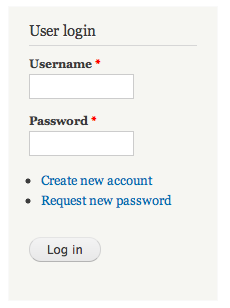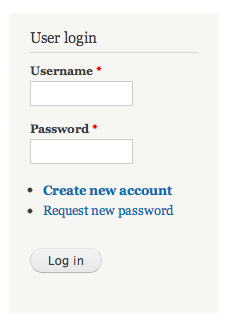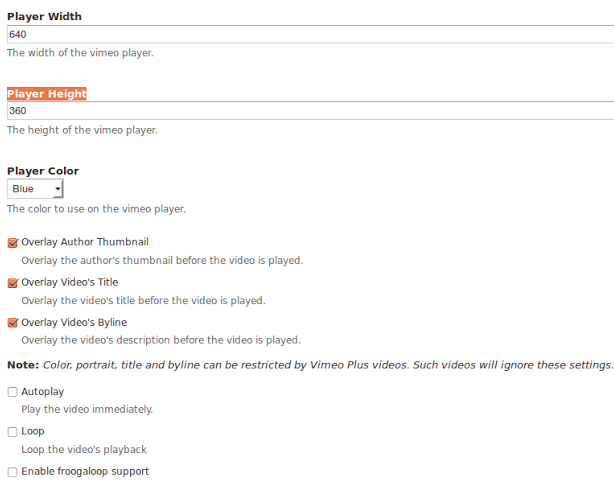Drupal commerce - The Right choice for your online store
Successful eCommerce is not just about selling products online. It involves managing your data as well as your client interactions across a wide range of platforms. So your website must have both content and commerce.
Drupal commerce is an open source eCommerce solution built on top of drupal. It consists of powerful set of modules which provides out of box solution for most of eCommerce requirements and can be used to build online stores of small to large size.
Why drupal commerce is best suited for your business
Drupal commerce is build on proven enterprise CMS. Unlike Magento, OpenCart, KonaKart and many other off the shelf eCommerce solutions which concentrates primarily on product management, drupal commerce is best for both product as well as content management.
It helps in integrating digital contents such as blogs, videos, and editorial content to the purchase path without any need for separate research and checkout experience. Thus improving your online as well as offline sales by providing better user experience and improved traffic.
Drupal uses same strategy for a heavily trafficked site like Examiner.com or WhiteHouse.gov and an eCommerce site processing thousands of transaction a day.
But your business needs may change every now and then. Yet you need not worry since drupal commerce is modular and flexible enough to fit into your changing business requirements. Not just that, even a non technical person can execute changes and try out new ideas without any expert guidance.
One of the biggest concern of online merchandisers nowadays is the increased dependence of customers on smartphone for online shopping and transactions. But drupal commerce has solution for your concern. Commerce Mobile, a native cross-platform mobile app of Drupal commerce optimize contents from merchant website to suit any mobile phones or tablets.
After mobilizing what's next? As a next step every company wants to get a social recognition since, social medias are the latest source of new age marketing.
Using Drupal commerce, you can easily integrate your site to all social networks like twitter, facebook, linkedin and others. Now that will make your customers, share their purchases and promote products across their networks. Ultimately it will enlarge your market reach and potential audience.
You would now agree that drupal commerce has solution for all your business headaches.
Useful features of drupal commerce
Now the very next question that comes to your mind is how drupal commerce adds value to your online business. The reason why Drupal Commerce is the best choice for building next online store? Well, there are many.
- Apart from the primary features like creating product display, price, description, comments, reviews etc. You could have any number of custom fields such as adding supplier details, invoice details, putting radio buttons for selecting pickup or delivery, seasonal category setting and lot more as per your requirements.
- An additional feature provided by drupal commerce is, it allows you to create a new product and a content page for that product at the same time in your store. Thus it reduces the amount of time it takes to add new products to your store with this quick and simple interface.
- You can view, manage and update orders on your website using Order management tool of Drupal commerce. It allows customers to confirm orders via email, creates your stores own checkout workflow with custom order status and create pdf invoices that can be easily customized.
- Before a user adds an item to the cart, you need to make sure whether the tax amount is included in the total amount or not. Drupal commerce has flexible system to add multiple taxes depending on the region. You can also display itemize tax portion of the total to the customers.
- You may at times, provide some discount coupon codes to your users as part of sales promotions. Drupal Commerce Core allow you to add coupons via line item or via Checkout which your customer can avail for any additional discounts.
- After adding an item to the cart, next you want users to be redirected to the secure payment gateways. Like any other ecommerce platform drupal commerce integrates with third party gateways and provides both on site and off site payment facilities.
- These payment gateways will redirect users back to site after successfull payment process confirmation. Your data is safely managed with the high security and accessibility features of Drupal. Some major payment gateways include Authorize.Net, Paypal, Clickbank, eWay, CCAvenue, Payseal ICICI, etc.
It’s not just the features but the trusted clients who strongly believe in the power of Drupal commerce like U.K postal service Royal mail, international language school Eurocentres, McDonalds France and lot more consumer brands that makes it popular.
The future is Drupal and Drupal commerce is the only proven platform that can serve both your content and commerce needs by providing the best eCommerce solution.
Valuebound is a leading Drupal development company based in Bangalore. Contact us for more information on how can we build your next e-commerce idea using Drupal commerce.










